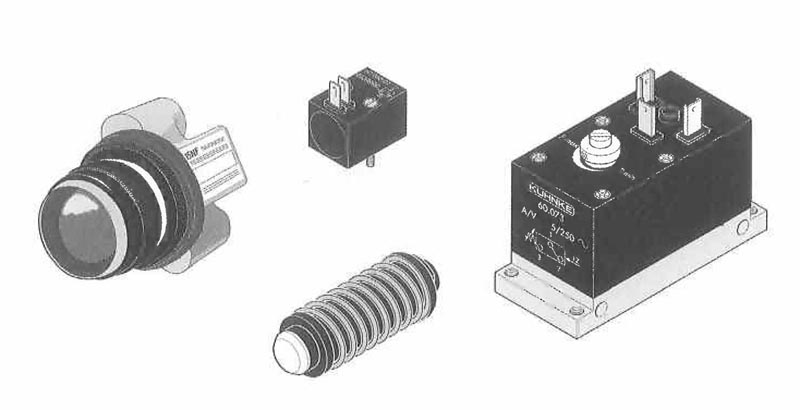Common Forms of Pneumatic Control Valves
 One of the most common pneumatic valve forms is the directional variant. A conventional valve turns on and off, but a directional control valve also changes the airflow direction (per the system's requirements). Many businesses use condensed air to operate equipment and create products. Control systems need the right tools. The best way to understand how direction control valves are used is to understand the diverse types and their functions.
One of the most common pneumatic valve forms is the directional variant. A conventional valve turns on and off, but a directional control valve also changes the airflow direction (per the system's requirements). Many businesses use condensed air to operate equipment and create products. Control systems need the right tools. The best way to understand how direction control valves are used is to understand the diverse types and their functions.
To meet the strict standards of different industries, directional pneumatic valves are either used as a single type or as a combination of multiple types. Choosing pneumatic control valves depends significantly on the environment and application of the pneumatic control system
Poppet Pneumatic Control Valve – this type of pneumatic valve has a big poppet seal like a traditional water tap. Valve seals move in a perpendicular motion. The motion forces annular ridges of the valve to ensure total sealing. These pneumatic valves are ideal because they are easy to use and fast. Poppet valves are designed in three main configurations to ensure total control for specific applications (2, 3, and 4-way).
Spool Control Valve – there are two main types of spool valves
Two-Way Pneumatic Valve – this type of valve consists of two separate ports that can be individually opened and blocked—controlling the flow of air through the valve.
A three-Way Pneumatic Valve is a two-position valve with three ports connected through the passage (within the valve body). The outlet port controls a pilot or single-acting cylinder
Different applications require different pneumatic valves. If you need help choosing, you should make sure that you give our talented team a call for help. We are experts in pneumatic control systems.
Related Reading about Pneumatic Control Valves


- Ellis/Kuhnke Controls
132 Lewis Street Unit A-2, Eatontown, N.J. 07724
Phone: 1-800-221-0714
Fax: 732-291-8154
Email: Info@ekci.com
- Home Pneumatic Controls Technical Info CAD Drawings Contact Us Pneumatic Timers Blog Site Map
